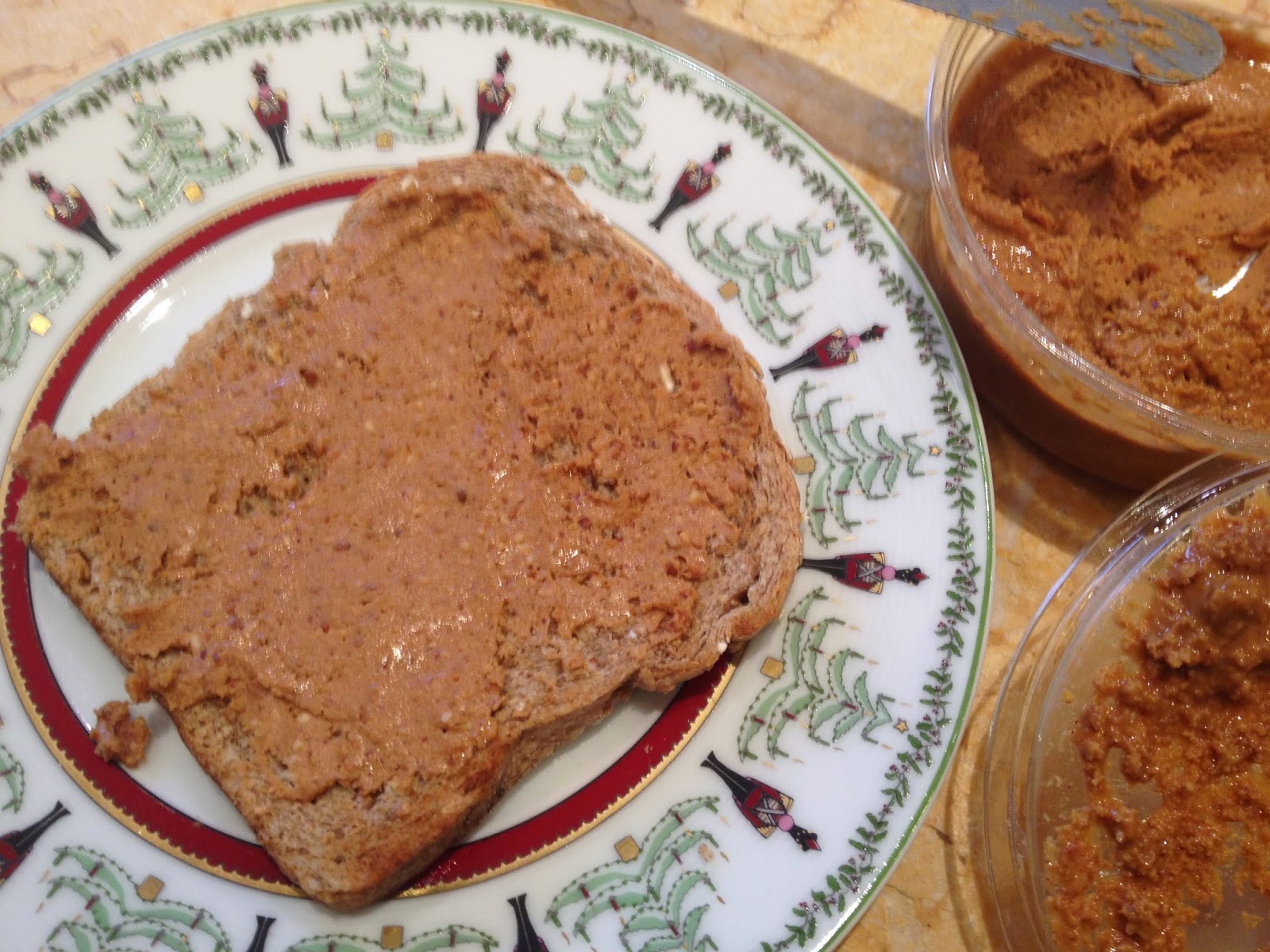For a little post-Christmas excitement, our family headed to New Orleans for a couple of days of touring, relaxing, and, of course, eating. As promised, New Orleans delivered some great meals. And along the way, I learned a few things.
We arrived on a Monday. First meal, lunch at the Gumbo Shop. I ordered the Creole Combination Platter (servings of shrimp creole, jambalaya, and red beans and rice). Excellent, yummy beans and rice and jambalaya. Shrimp creole? Can't comment on it as my oldest daughter beat me to it! Creole dinner with a little music Monday night. Beignets and café au lait at Café Du Monde on Tuesday.
 |
| Feeding birds at the Aquarium |
By Tuesday night, my body was CRAVING a salad or, really, ANY fresh produce. We had reservations at an excellent steakhouse for dinner, but I went against the grain and ordered a salad (and baked potato) for Tuesday dinner. Even more telling, my husband and I dived into salads at the sad little food court at the Aquarium of the Americas for Wednesday's lunch!
Bread should always be served warm.
Every sit-down restaurant served us bread as we waited for our meals. And every time, the soft-crust baguettes were warm. A little warmth truly elevates a pedestrian loaf. After a few meals, we decided New Orleans is really the City of Warm Bread! We didn't realize quite how much we missed it until we went home and were served room temperature rolls at our favorite restaurant.
Try new foods.
Like a lot of parents, my husband and I try to encourage our kids to try new foods. At almost 11, my oldest is getting to be a much more adventurous eater. At the Gumbo Shop, she decided to try the seafood okra gumbo, despite being a completely new dish for her.
But me? I often don't stretch my food experiences. Once I find a dish I love at a local restaurant, I tend to order it every time. Hardly the description of an adventurous eater! But for this trip, I decided to stretch a bit.
Tuesday's lunch was at a po'boy place so I decided to order the muffaletta. The muffaletta is a New Orleans original, a sandwich of meat and cheese with marinated olive salad. Mine was delivered warm. I would love to write that I discovered a new favorite food, but, despite my like of olives, the muffaletta was definitely not for me! Another evening, I ordered fried oysters for all of us to try. Again, not a hit with me, but it felt good to get out of my comfort zone.
And all was not lost. But our meal at Brennan's was a great example of something new being exactly right...
Everyone should have a meal like breakfast at Brennan's.
Day in, day out. Cooking and feeding a family can be a bit of a slog. Some meals are good, even great, but many just get the job done. Even dining out, meals can be ok or good, but rarely fantastic. But every now and then, everyone should eat a meal that makes the angels sing.
I think of Brennan's as a New Orleans institution. My dear husband and I had been there for their signature Eggs Benedict and Bananas Foster many years ago. After some difficulty, the restaurant closed, was renovated, and re-opened in the fall. Thank goodness! For me and my husband, Brennan's was the highlight of our trip; even my girls put our breakfasts in their top 3 New Orleans experiences!
We went Wednesday morning and all the rest of the day, my husband kept saying, "That was so good." Really, it was like he was in some sort of food-induced trance. When we finished Wednesday's breakfast, we made a reservation to come back the next day (yeah, some of the waitstaff recognized us the next day, but seemed happy to have us back). On our second visit, we did something we never do--we took photos of our food (actually, you can probably tell that we never do...several unfortunate shadows in our shots). I have been trying to find a way to describe the meal in words. I am at a loss beyond describing it as relatively straight-forward food (no "deconstructed" or exotic ingredients), wonderfully and thoughtfully prepared. And since I cannot do justice to our experience, here are our Brennan's highlights in photographic form:
New Orleans BBQ Lobster
Vanilla Scented French Toast
Eggs Benedict
My favorite:
Creole Citrus Crepes
(my mouth is watering as I type this)
My husband's favorite:
Eggs Hussarde with Crabmeat
Check out the rest of the Brennan's breakfast menu.







